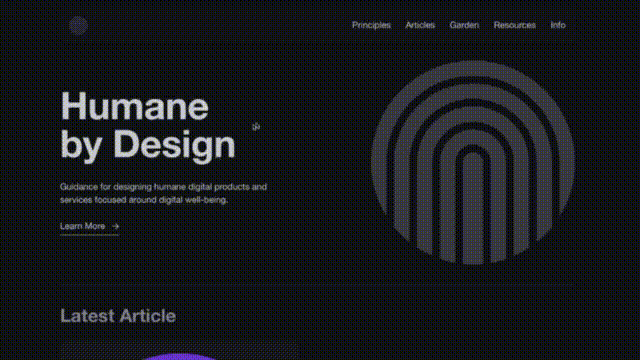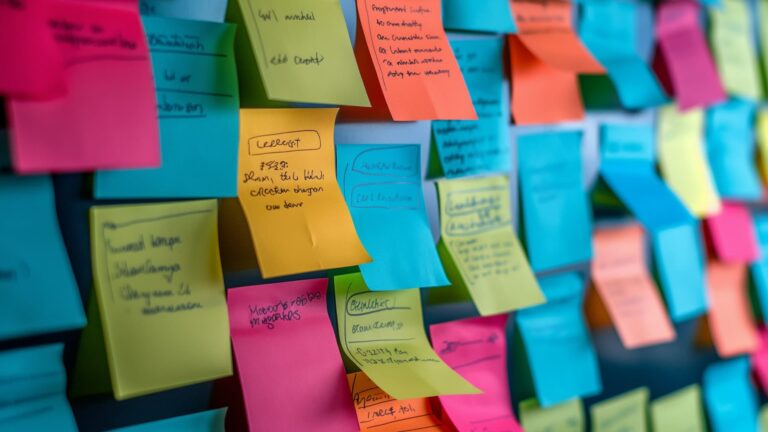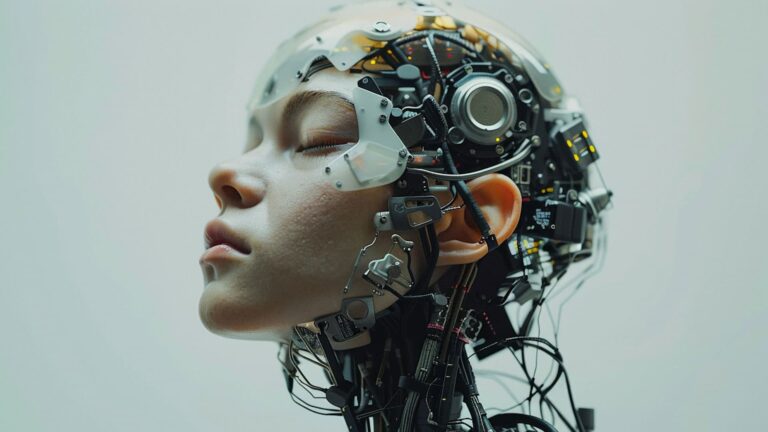Let’s face it: our phones are basically glued to our hands. They’re our alarm clocks, our cameras, our social hubs, and sometimes, our therapists.
But are they really serving us, or are we getting sucked into a digital black hole?
As designers, we have the incredible power to shape how people interact with technology. Every little detail we create can either enhance or hinder someone’s experience. It’s a huge responsibility!
So, how do we use this power for good?
By using principles by Human by Design.

This framework provides a roadmap for creating digital experiences that are not only beautiful but also beneficial.
Here’s what it means:
1. Built to Last
A resilient design can withstand the test of time and unexpected user behavior. It doesn’t crash, freeze, or confuse users.
Think about it like a well-built house: it can handle storms, wear and tear, and even the occasional clumsy occupant.
2. Putting Control in Users’ Hands
Empowering designs give users the freedom to do what they want, when they want.
It’s about providing clear choices, easy navigation, and the ability to customize the experience. Imagine a remote control that actually works intuitively—that’s the goal.
3. Respecting People’s Time
Our attention spans are shorter than ever. A finite design respects this by being efficient and focused. It avoids unnecessary steps, distractions, and information overload.
Think of it as a well-crafted story: it keeps you engaged without overwhelming you.
4. Designing for Everyone
An inclusive design considers people of all abilities, backgrounds, and circumstances. It’s about making technology accessible to everyone, without excluding anyone.
Imagine a world where every website or app is as easy to use as your favorite pair of jeans.
5. Purposeful Design
Intentional design has a clear goal. It’s not just about looking pretty; it’s about solving a problem or fulfilling a need.
Think of it like a well-planned journey: you know where you’re going and why.
6. Treating Users with Dignity
A respectful design treats users like humans, not data points. It avoids manipulation, exploitation, and privacy violations.
Imagine being greeted with a smile instead of a sales pitch—that’s the kind of experience we’re aiming for.
7. Honesty is the Best Policy
Transparent design is honest about what it does and why. It avoids hidden fees, unclear terms, and misleading information.
Think of it like a clear product label: you know exactly what you’re getting.

By keeping these principles in mind, we can create a digital world that’s not just shiny and new, but also kind, ethical, and genuinely helpful.
Let’s build technology that enriches our lives, not consumes them.
What do you think?
How can we create a more human-centered digital world?








